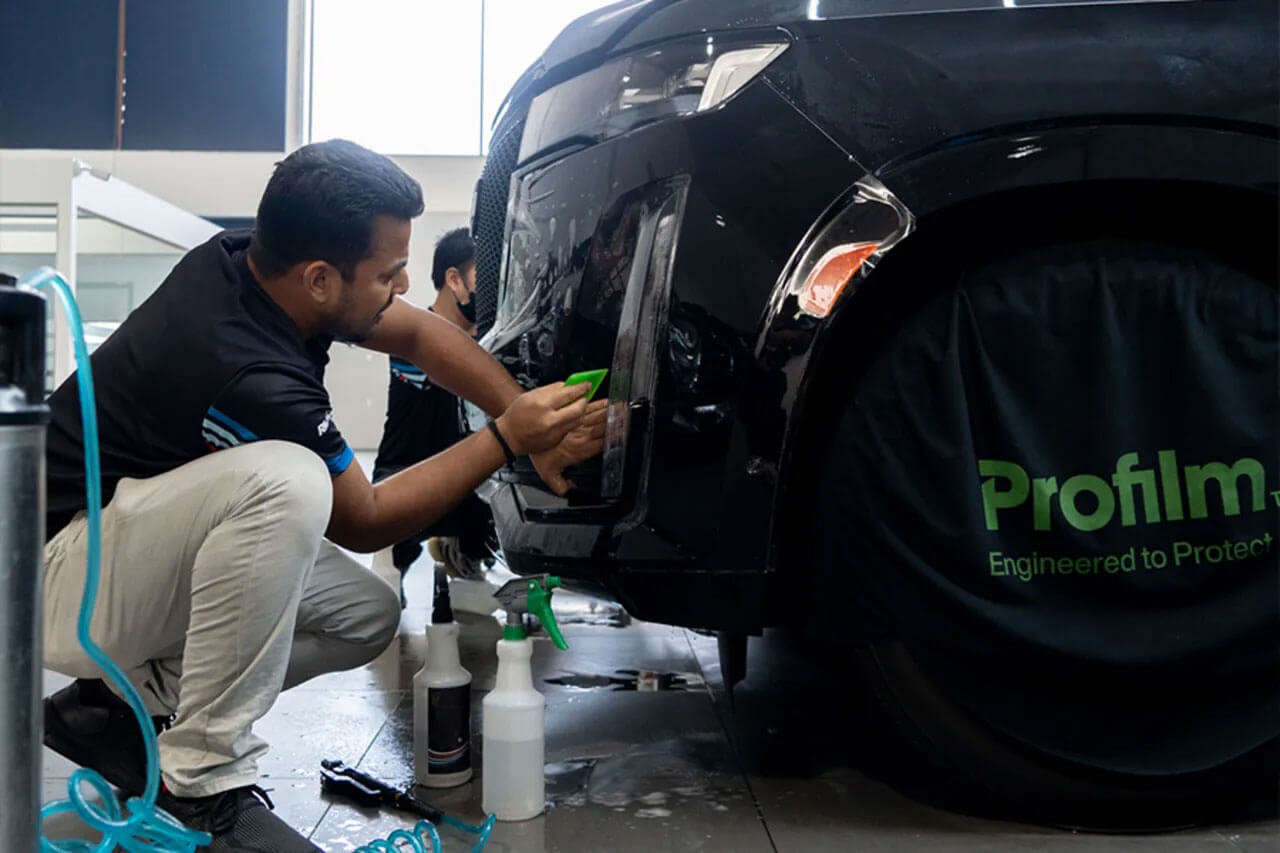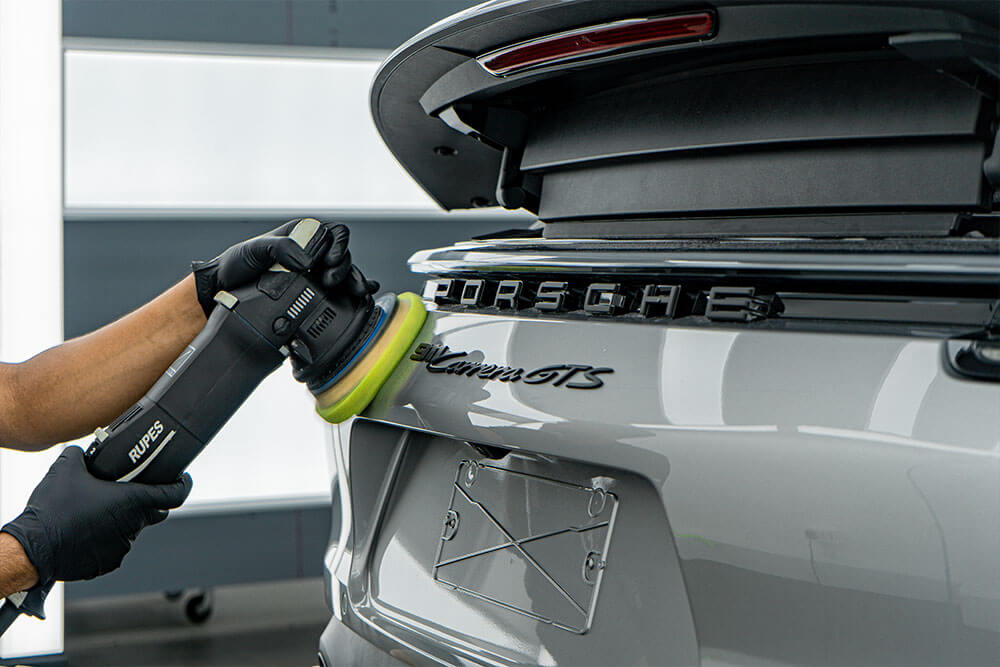
You’ve just invested upwards of 15,000 AED in a full paint protection film application, expecting a flawless, invisible shield for your car. A week later, you spot it—that tiny, lifted edge along a door panel. It’s the single most common complaint you’ll find on forums like Reddit’s r/AutoDetailing, where owners post photos asking, “Is this normal?”.
This isn’t just a minor cosmetic issue; it’s the start of a potential installation failure. That lifting edge becomes a gateway for Dubai’s pervasive dust and the high-pressure water from car washes, guaranteeing that the film will eventually peel. Some installers might dismiss this as “normal settling,” but for a discerning owner who has paid for premium car paintwork protection, it’s a sign that the job wasn’t done right.
The truth is, peeling edges are almost always preventable. The difference between a PPF on car job that lasts a decade and one that fails within a year often comes down to one critical, often-overlooked technique: expert edge sealing. This article will explain exactly why edges lift and how RMA PPF’s meticulous process ensures your PPF is truly seamless and durable.
The Anatomy of a Failure: Why Do PPF Edges Really Peel?
So, why does a brand-new, expensive PPF on car installation start to lift at the edges? It’s rarely a fault of the film itself, but rather a failure in the application process. There are three primary causes:
- The Installer’s Shortcut – Film Cut to the Edge: The most common reason is speed. Many installers use pre-cut kits that stop exactly at the edge of a body panel. This leaves a hard, visible seam that acts as a weak point. It’s an open invitation for a high-pressure washer to catch the edge and force water underneath.
- Improper Surface Preparation: The adhesive on a quality PPF is incredibly strong, but it requires a surgically clean surface. If a panel edge isn’t perfectly decontaminated of all waxes, oils, and microscopic dust particles before application, the film simply cannot achieve a permanent bond.
- The Dubai Stress Test: Dubai’s climate creates a unique challenge. The intense heat causes the vehicle’s metal and plastic panels to constantly expand and contract. This puts immense stress on any exposed film edge. Combine that with the frequent, high-pressure car washes needed to combat the region’s dust, and you have a perfect recipe for forcing water and grime under any unsealed seam, guaranteeing it will lift over time.
The RMA PPF Edge Protocol: The Difference is in the Details
Preventing peeling edges requires a deliberate, engineering-led protocol, not just a standard installation. At RMA PPF, our process is specifically designed to eliminate these points of failure.
Digital Patterns with Wrapped Edge Allowance Our process starts with a digital blueprint. Our advanced plotting software doesn’t just cut to the panel’s shape; it’s programmed to create a pattern with an extra 4-6mm margin of film. This allowance isn’t for trimming—it’s specifically for wrapping. This ensures there is always enough material to create a secure, tucked edge with no exposed seams on the surface.
The Art of the Wrapped & Sealed Edge This is where true craftsmanship makes the difference. On a complex area like a door handle or side mirror, our technicians manually and gently stretch this extra film around the panel’s edge, tucking it securely on the underside. Then, using a specialized heat gun and soft-tipped tools, they “set” the adhesive, creating a sealed, locked-in edge. This makes it virtually impossible for high-pressure water or contaminants to get underneath, providing the most durable and invisible car paintwork protection possible.
The Long-Term Value: A Flawless Finish That Lasts
This meticulous process isn’t just about technique; it’s about delivering long-term value and peace of mind. A perfectly wrapped edge is completely invisible, creating a true “second skin” look that’s impossible to achieve with a surface-cut installation. There are no unsightly lines to catch dirt, ensuring your car’s finish remains flawless from every angle.
More importantly, properly sealed edges are the key to the film surviving its full 10-year warranty period. By eliminating the most common point of failure, our edge protocol ensures your investment in PPF provides durable car paintwork protection for the long haul, safeguarding your vehicle year after year.
It All Comes Down to the Edge
The difference between a PPF job that lasts a decade and one that fails within a year often comes down to how the edges are treated. A perfectly sealed edge is the hallmark of a true professional installation and the only way to guarantee the longevity of your investment.
Don’t let a lifted edge ruin your car’s flawless finish. Trust the experts at RMA PPF for a durable, seamless application from edge to edge.


